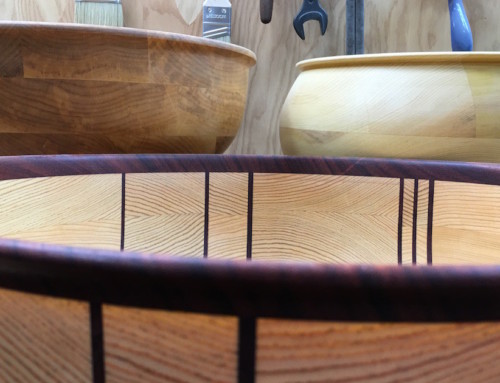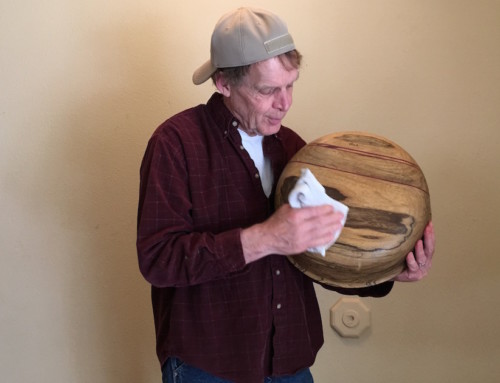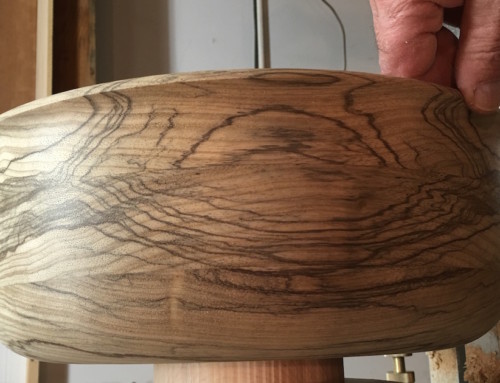One thing you may have noticed by now is that I use a wide variety of woods. From maple, alder, and various pines to the more exotic woods like babinga, sapele, and purpleheart, my wood can come from all over the world. That being said, it is extremely important to me that these woods be harvested in a responsible and legal manner.
Silviculture
Silviculture is the growth and cultivation of forest lands. A large part of responsible silviculture involves the ethical harvesting of forest lands. Some of the methods employed in responsible harvesting may include leaving seed-trees and/or shelter wood, selective clear cutting (which leaves behind smaller undergrowth that may then mature without competing with the larger trees), and single tree selection. The wood that comes to me has been harvested in a number of these ways. Some of the wood I get comes from private individuals who have had a tree that has fallen or is in danger of fallen. Some are harvested using the single tree selection method as well. Those that come from countries such as Africa or South America are often harvested using the selective cutting method. But, how do I KNOW that these are harvested ethically?

Certification Standards
The main method for ensuring that the wood I get is harvested legally and ethically is through the various certifications that are required by law. Here’s a breif overview of each:
FSC (Forest Stewardship Council)
Certification by the Forest Stewardship Council ensures that wood products are harvested from forests that have been managed responsibly. They must provide economic, environmental, and social benefits. This certification deals solely with the life of the tree up until the time of harvest.
VLC (Verification of Legal Compliance)
VLC ensures that timber has been harvested in a legal manner. Do local allows allow for selective cutting, or do they require using seeding or shading methods? Are harvesters required to avoid using certain types of harvesting equipment in order to reduce the environmental impact? This is where employing low-impact forestry methods are taking into account.
TLTV (Timber Legality & Traceability Verification)
TLTV certification is provided through Société Générale de Surveillance (SGS). This independent auditor contracts with various governments to provide oversight when it comes to the chain of custody following FSC certified shipments from stump to port. The SGS helps provide the private sector with timber production verification and tracking, ensures that local laws have been followed, that company data matches actual production, and that there is continuous monitoring of all data during this process. TLTV covers the entire mill process.
As you can see, there are a world of different certifications that can go into ensuring that the wood that I use for making bowls and such has been harvested legally and ethically. By carefully selecting those suppliers who adhere to these standards, I can make you a gorgeous bowl that you can enjoy without worry about the harvest having hurt the environment.




